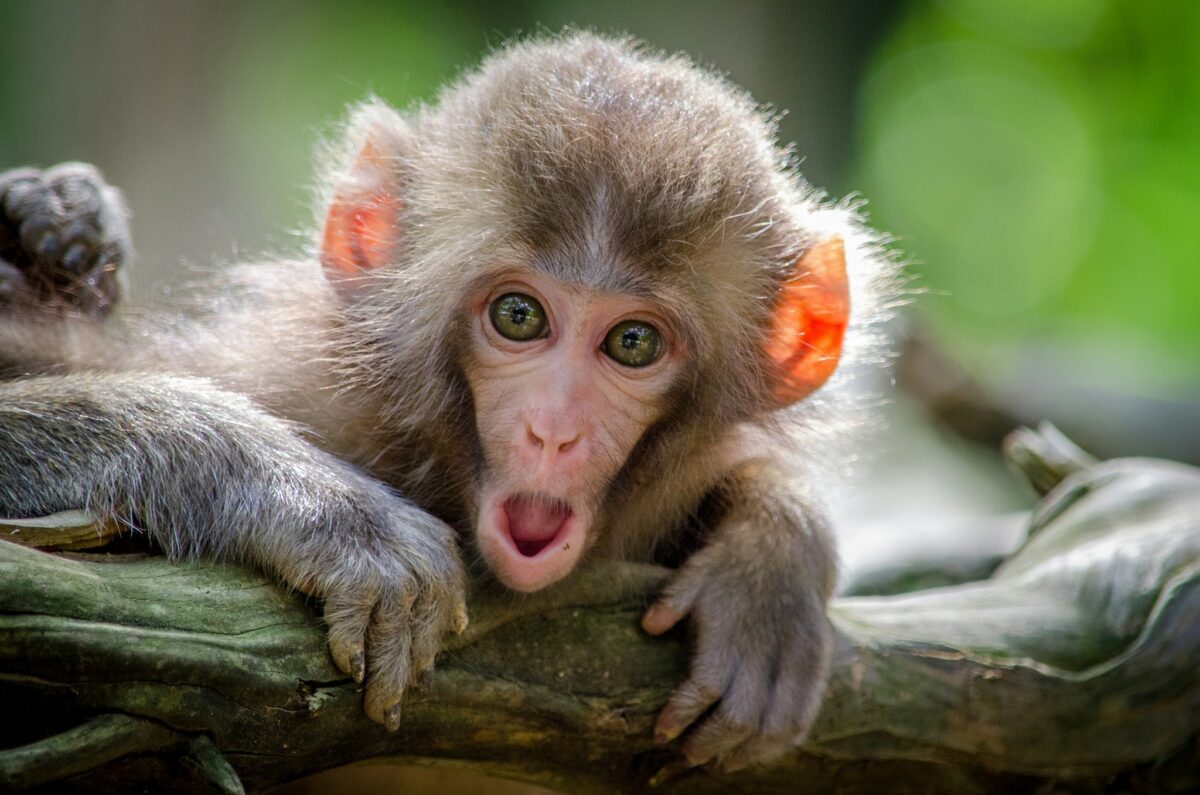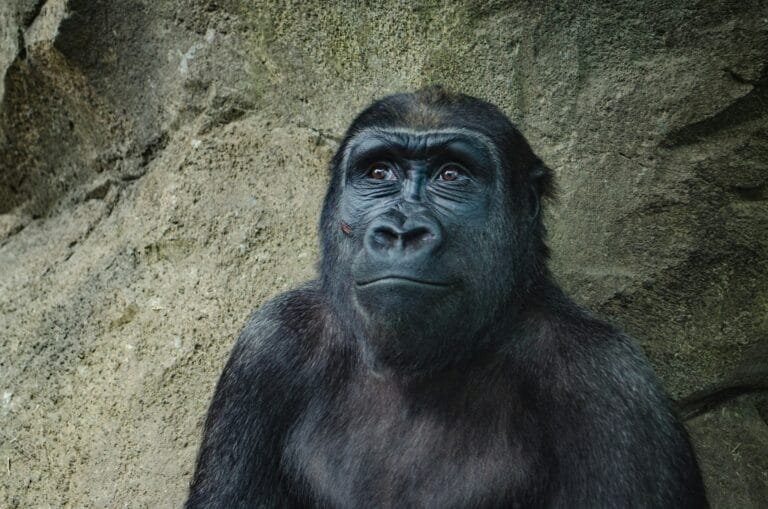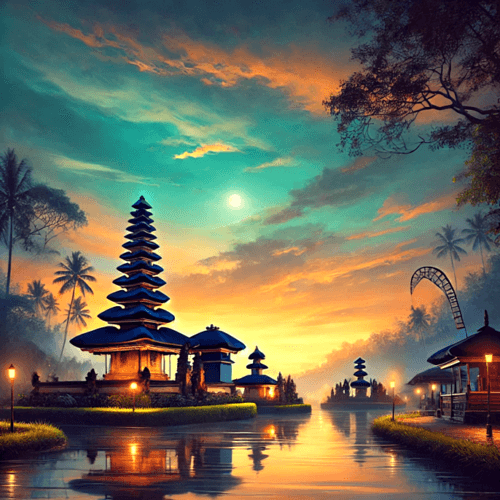Where ancient trees whisper tales of the past, Sangeh Monkey Forest is a sanctuary for nature and spirituality.
Sangeh Monkey Forest: A Sacred Forest in Bali’s Heart
Nestled in the village of Sangeh, about 20 kilometers north of Ubud, Bali’s Sangeh Monkey Forest offers a serene and mystical escape into nature. Known for its towering nutmeg trees and a large population of long-tailed macaques, the Sangeh Monkey Forest is one of Bali’s lesser-known but equally enchanting wildlife sanctuaries. Compared to the more popular Ubud Monkey Forest, Sangeh offers a quieter, more tranquil atmosphere, ideal for those seeking a peaceful retreat into Bali’s natural and spiritual landscapes.
The forest’s lush greenery, intertwined with centuries-old temples, creates an atmosphere of mysticism, where nature and spirituality are deeply intertwined. It is a place where Balinese Hindu beliefs and the island’s unique wildlife coexist, offering visitors a chance to experience Bali’s sacred traditions and natural beauty.
The Long-Tailed Macaques: Guardians of the Forest
The forest is home to hundreds of long-tailed macaques (Macaca fascicularis), also known as Balinese monkeys. These intelligent and curious creatures are considered sacred in Balinese culture, as they are believed to be guardians of the forest and the temples within. The monkeys are known for their playful and sometimes mischievous behavior, especially when interacting with visitors, but they are generally harmless as long as they are treated with respect.
The macaques at Sangeh live in large social groups and are often seen grooming one another, playing, or searching for food among the trees. Although they are accustomed to human presence, it’s important for visitors to be mindful of their belongings, as the monkeys are known for snatching items like hats, sunglasses, and even snacks. However, with the help of local guides and park staff, any lost items can usually be retrieved.
TIP: Avoid bringing loose items or food into the forest, as the monkeys are likely to try to take them. If you want to feed the monkeys, use the fruit sold at the entrance under the guidance of the staff.
Exploring the Sacred Nutmeg Forest
The nutmeg trees in Sangeh Monkey Forest are among its most striking features. Some of these towering trees reach heights of up to 40 meters and are believed to be hundreds of years old. According to local legend, the nutmeg trees were planted by the gods and were intended to grow only on the sacred mountain of Mount Agung. However, the trees miraculously grew in Sangeh instead, creating a forest that is now considered sacred by the local Balinese.
Walking through the forest, you’ll be surrounded by the grandeur of these towering trees, their thick roots intertwining with the earth below, creating a serene and almost otherworldly atmosphere. The forest’s natural beauty is enhanced by the soft light filtering through the dense canopy, making it a peaceful place to explore and reflect.
Sangeh is also home to a variety of plant species, including large ferns and tropical flowers, adding to the forest’s rich biodiversity. Birdwatchers will also appreciate the variety of bird species that can be spotted among the treetops.
The Pura Bukit Sari Temple: A Place of Worship
At the heart of Sangeh Monkey Forest is the ancient Pura Bukit Sari, a temple dedicated to the god Vishnu and the forest spirits. Built in the 17th century during the reign of the Mengwi Kingdom, the temple is a place of great spiritual significance for the local community. The temple complex, with its intricate stone carvings, moss-covered statues, and towering gates, blends harmoniously with the surrounding forest.
The presence of the temple adds a layer of spirituality to the forest, as it is not just a sanctuary for wildlife but also a sacred place for worship. The Balinese Hindus regularly visit the temple to make offerings and pray, seeking blessings from the gods and protection from the forest spirits.
While the inner sanctum of the temple is closed to non-Hindu visitors, the outer temple complex is open to the public. Visitors are welcome to explore the temple grounds, admire the traditional Balinese architecture, and witness the locals performing their daily rituals. The temple’s stone statues, depicting mythical creatures and deities, are particularly captivating, often covered in moss and vines, enhancing the mystical feel of the place.
TIP: As with any temple visit in Bali, it’s important to dress modestly. Sarongs and sashes are usually provided at the entrance if needed. Visitors should also be mindful of ongoing ceremonies and show respect by not entering restricted areas.
Why Visit Sangeh Monkey Forest?
While Bali has several monkey forests, Sangeh offers a unique experience due to its quieter, more serene atmosphere. It is less crowded than the Ubud Monkey Forest, making it an ideal destination for those looking to escape the busier tourist spots. The natural beauty of the nutmeg trees, the sacred aura of the temple, and the playful antics of the monkeys combine to create a peaceful and enriching experience.
Unlike the more commercialized Ubud Monkey Forest, Sangeh retains a sense of authenticity and spiritual significance. The locals continue to treat the forest with reverence, maintaining a deep respect for the animals and the sacred land they inhabit.
A Tranquil Escape into Nature and Spirituality
Sangeh Monkey Forest offers a unique combination of nature, culture, and spirituality. For those seeking a quieter, less commercialized version of Bali’s famous monkey forests, Sangeh provides a peaceful sanctuary where visitors can connect with nature, observe playful monkeys, and experience the island’s sacred traditions.
The combination of towering nutmeg trees, ancient temples, and sacred monkeys makes Sangeh a must-visit destination for those exploring Bali’s rich cultural and natural heritage. Whether you’re an animal lover, a history enthusiast, or someone looking for a peaceful retreat into nature, Sangeh Monkey Forest promises an unforgettable experience.










